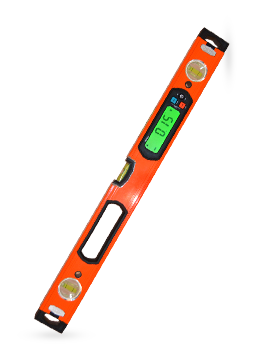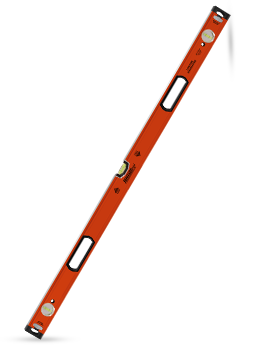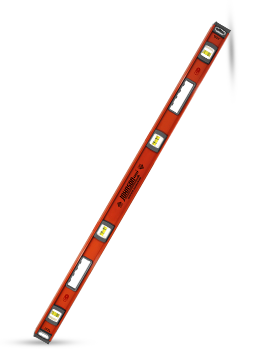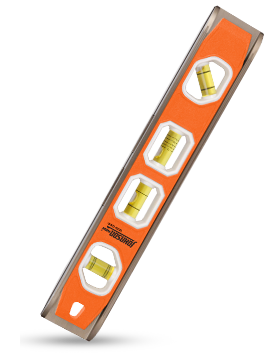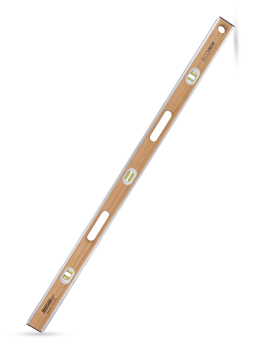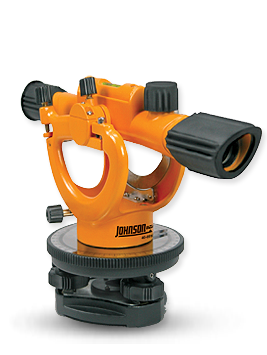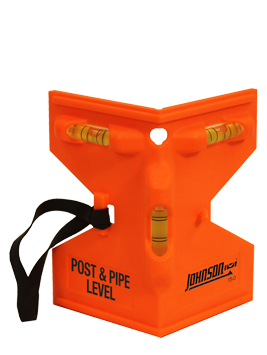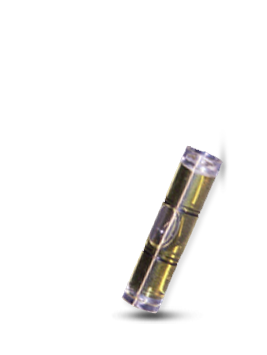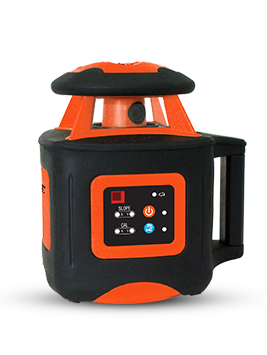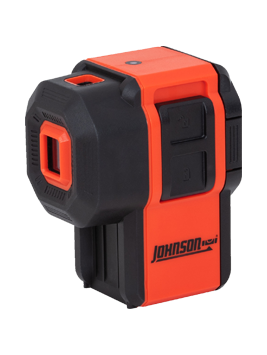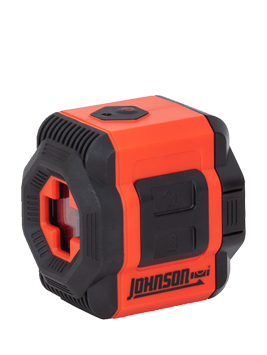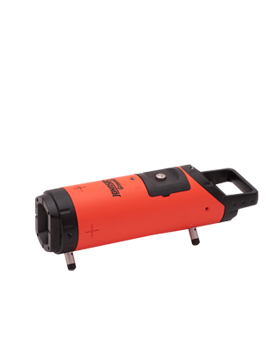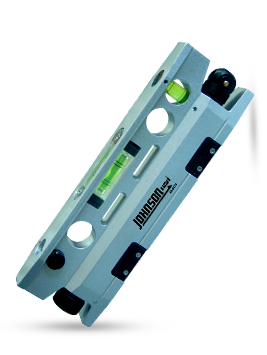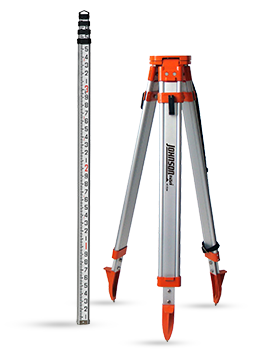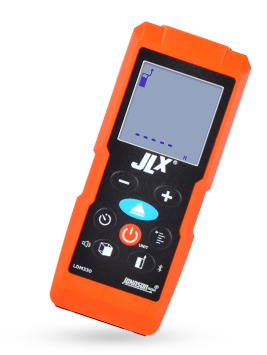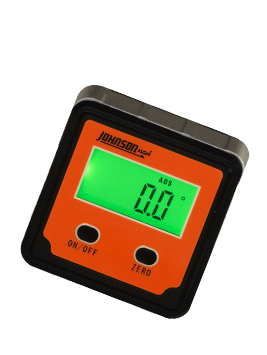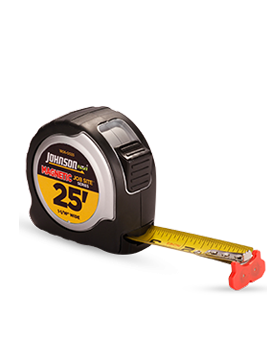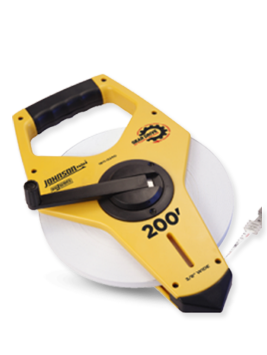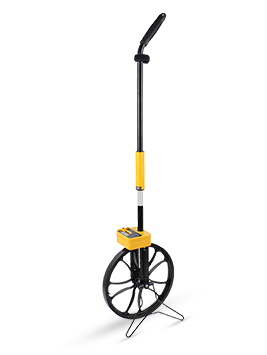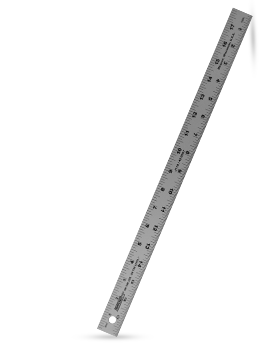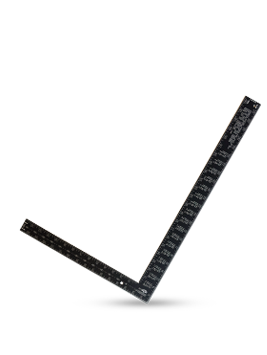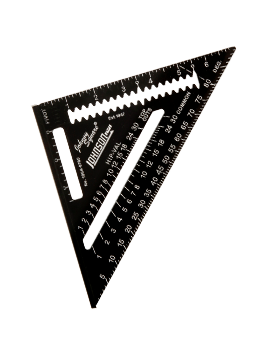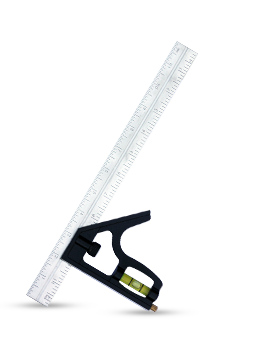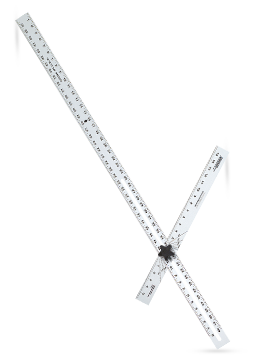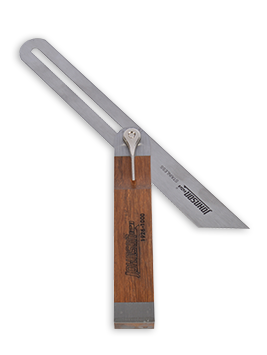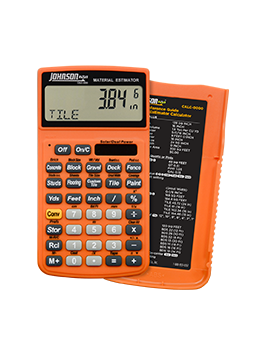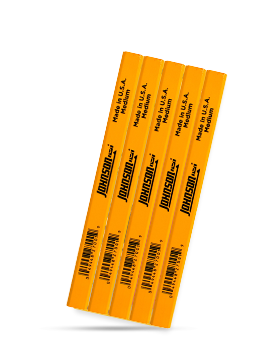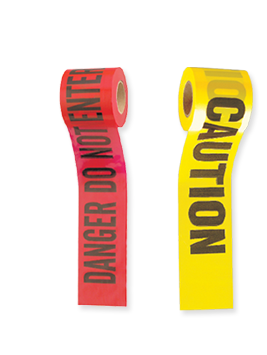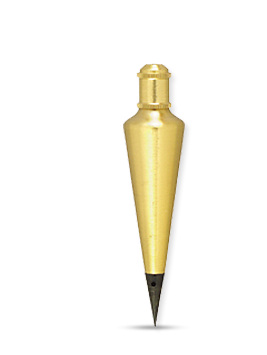Levels 101: Spirit Level Vial Quiz
Questions
Q1: Why is a level called a spirit level? What is a spirit level?
Q2: Is the shape of the level vial a cylinder shape or a barrel shape?
Q3: How big is the bubble in the level?
Q4: What is the bubble in the spirit level or bubble level made of?
Q5: Why do some levels, particularly wood levels have two vials?
Q6: Who uses curved vials; who uses levels with two vials?
Q7: What is a surface level?
Q8: Why is there double-etching on some level vials?
Q9: What are level vials made out of?
Q10: What is a block vial?
Q11: Which vial is better, a block vial or a barrel vial?
Answers
A1: A level, or a bubble level, is sometimes referred to as a spirit level because the liquid inside the vial is a mineral spirit. The mineral spirit solution includes additives for UV resistance to fading and colorant to give the vial its yellowish-to-greenish color.
A2: The typical level vial is barrel shaped, meaning it has a bulge in the middle, giving the bubble a place to rest when the vial is on "level". If the vial body were a cylinder, meaning no change in shape from top to bottom, it would be nearly impossible to find "level"
A3: When the vial is filled with too much mineral spirit solution, the bubble is smaller than it should be and getting an accurate reading of "level" is difficult. Similarly, not enough mineral spirit solution can cause the bubble size to fall outside the painted lines on the vial body, again significantly reducing the level vial’s accuracy.
A4: Trick question. The bubble in the spirit level or bubble level is simply made of air. It is what is left in the barrel vial after it's been filled.
A5: Wood levels typically have a dual-vial system of curved vials. There are two vials so the level will work on when lying on either its top or bottom edges. Since air bubbles seek the highest point, the bottom vial (the one shaped like a rainbow) will be the working vial.
A6: The exaggerated curvature of the dual vial system allows a contractor to work outside of level to determine an approximate slope. For example, a mason using a wood level may want to pitch concrete and will work "a quarter bubble out" or "half a bubble out". A mason would favor the wood level because its ease of clean-up on wet/concrete jobs.
A7: A surface level is a circular level vial that measures "level" in 360-degrees when laying flat. A common application for a surface level is on the back of a camper to see if the entire vehicle is on level ground.
A8: Many years ago, some level vials had double lines. The first line indicated level, while the additional marking was used as a reference for pitch. Today, pitch vials are used when needed.
A9: Level vials are made out of acrylic or glass. Originally, level vials were made out of glass. Glass is preferred in wet trades where concrete can scratch acrylic, causing it to cloud. The drawback to glass is it breaks more easily. Today, other than some wood levels used by masons, most level vials are made out of acrylic.
A10: A block vial is a rectangular shaped vial made from solid acrylic. Typically, block vials will be found in box beam levels due to a box beam level's construction.
A11: Between a barrel vial and a block vial, each has its advantages and disadvantages. A block vial, although virtually indestructible, is machine set into a level frame at "level", giving it the potential to also be slightly more accurate. However, if the setting of the block vial should shift for any reason, your level will never read the same again. This is why you will see a lot of attention given to the construction of a box beam level and how the vial is set into place. The barrel vial, on the other hand, snaps into the level frame so unless the level frame is bent or the vial broken, the level is going to read true. And if the barrel vial does break, it can be easily changed with replacement parts supplied for free by most manufacturers, making your level as accurate as it was the first day.
